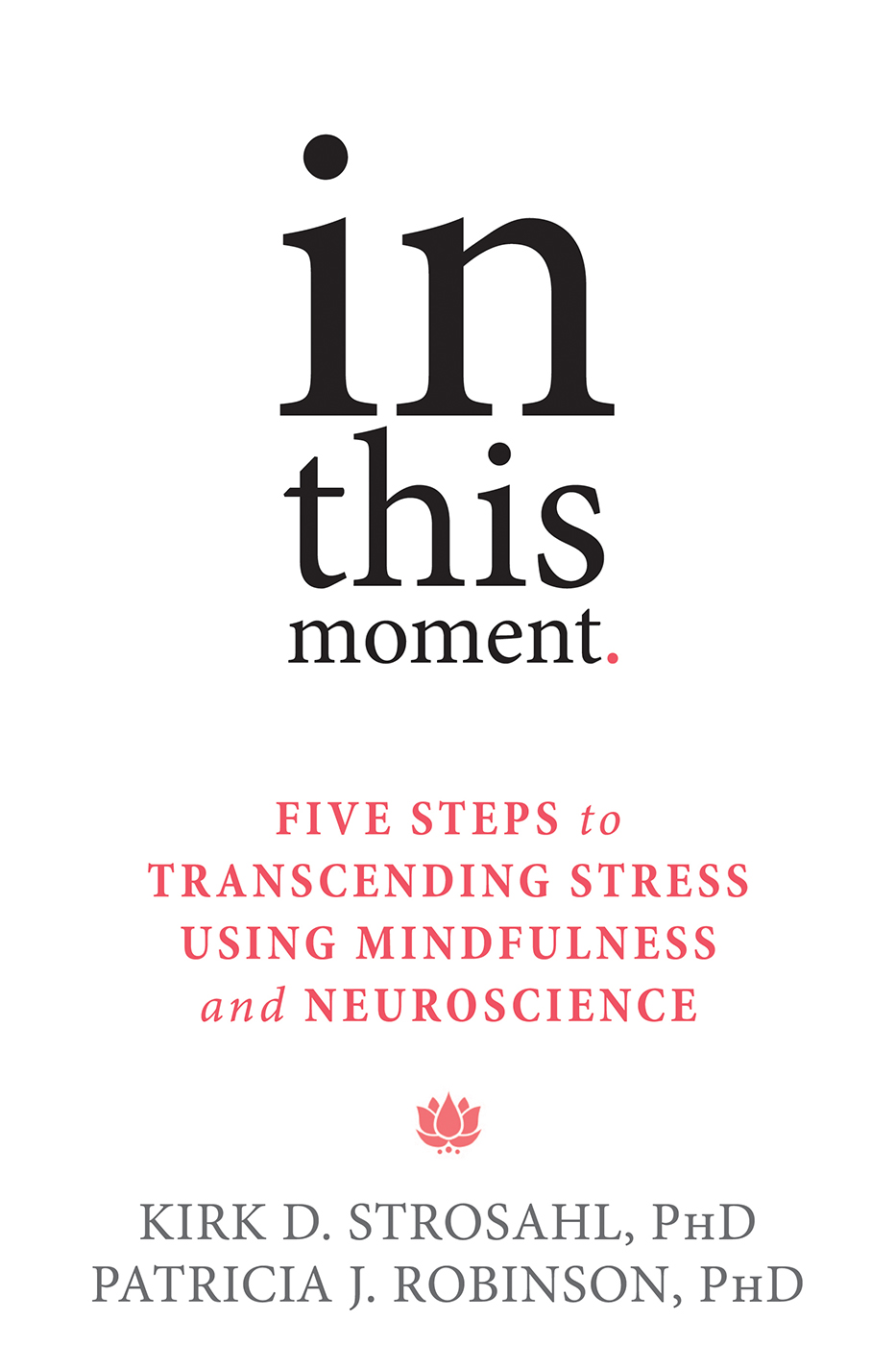
In This Moment
Five Steps to Transcending Stress Using Mindfulness and Neuroscience
پنج گام برای افزایش استرس با استفاده از ذهن آگاهی و علوم اعصاب
کتاب های مرتبط
- اطلاعات
- نقد و بررسی
- دیدگاه کاربران
نقد و بررسی

November 10, 2014
Strosahl (The Mindfulness and Acceptance Workbook for Depression) and Robinson (Real Behavior Change in Primary Care) base this self-help guide on the proposal that seemingly insignificant, everyday stressors, rather than life-changing events, pose the greatest danger to the average person’s mental and physical health. Accordingly, the authors emphasize the importance of developing healthy coping mechanisms, advising the reader on how to evaluate one’s current state of mind. One of their mottos is “practice makes permanent,” and to that end, they present a number of exercises with the promise that, practiced over time, these will teach the brain how to handle stress by getting into a less emotional, more cerebral state, where one can process different courses of action—what they call the “quiet mind.” Perhaps not for the well-versed self-help reader, this book can be overly obvious and protracted, particularly when describing the step-by-step process of developing mindfulness. That said, the background information on neuroscience and how stress affects the brain will be of interest, and concern, for anyone who feels worn down by the day-to-day.

























دیدگاه کاربران